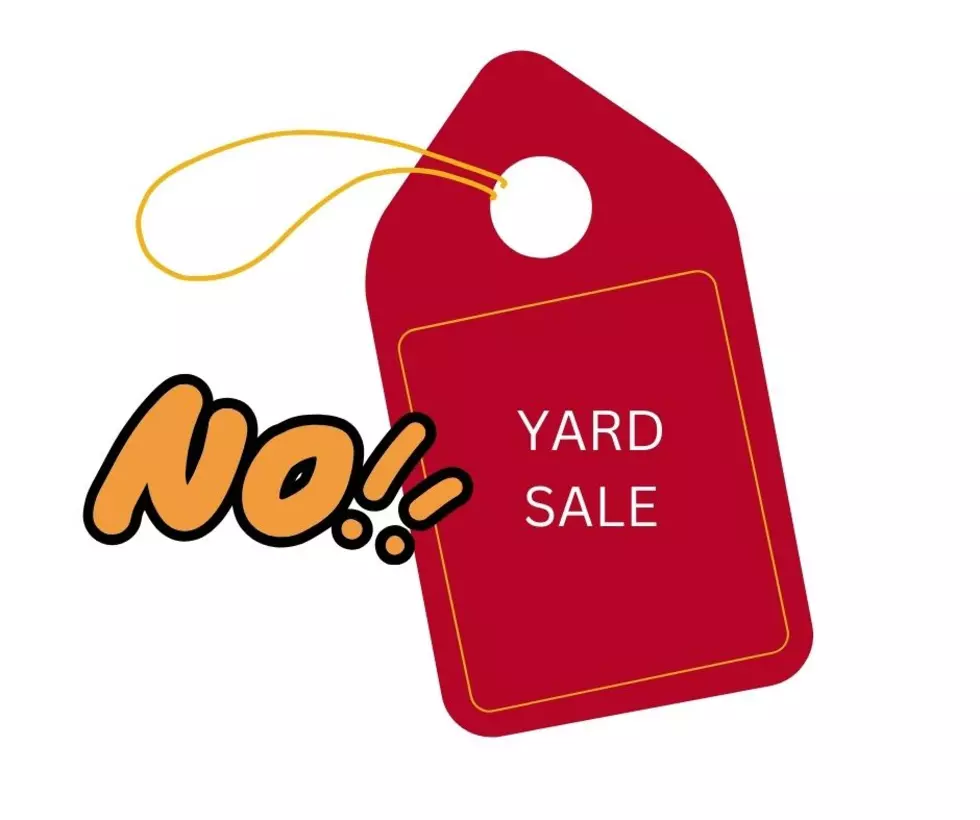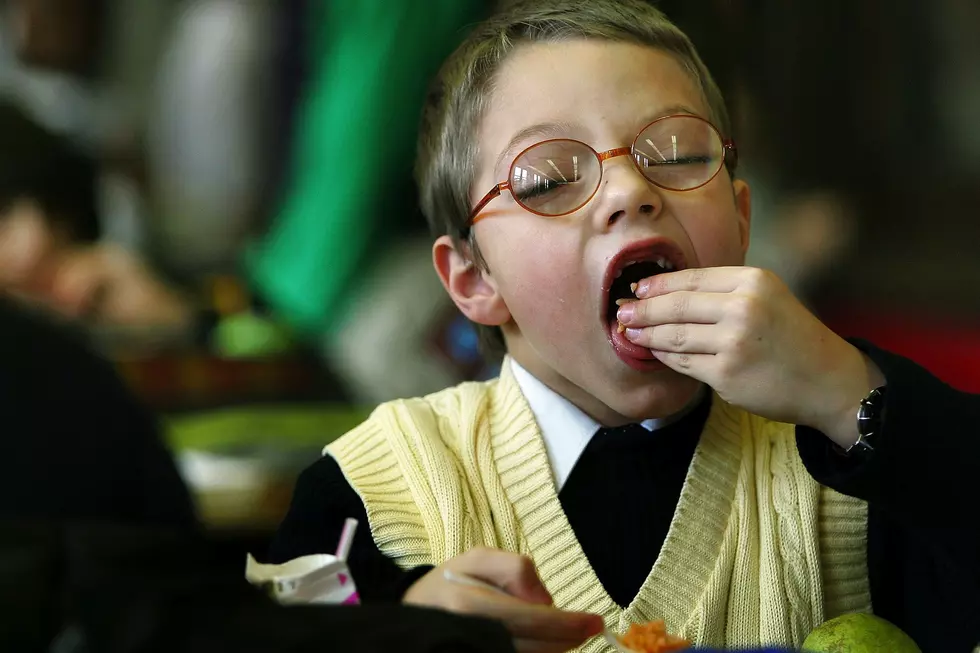
National Public Health Week: You On The Move
Health and safety standards are fairly straightforward at home, school, or work. But when you've got wheels under you, there's more left to chance. Even if you're conscientious, you can't be sure of everyone around you. National Public Safety Week today emphasizes protection on the move.
According to Leslie Terjesen at the Ocean County Health Department, health and safety have become core components of sensible residential and commercial development.
"We certainly look for safe walking paths, biking paths and roads, and physical-activity opportunites when we're thinking about planning communities," she says.
Cars, trucks, buses, bikes, motorcycles and pedestrians all inhabit the same space. And cohabitation requires collaboration.
Automobiles, after a century of existence, still present an ambivalent mix of allure, convenience and danger. Padded dashboards, laminated glass, catalytic converters and radial tires exemplify advances that owe much to the vigilance of consumer advocacy pioneers like Ralph Nader. But none stands out as boldly as seat belts.
From a Nuisance to a Necessity
Time was when seat belts were obscure options, and even when installed, often lay buried under seat cushions. But Leslie Terjesen at the Ocean County Health Department calls seat restraints one of America's most recognizable public-health victories.
"From 1981 to 2010," she relates, "seat belt use rose from 11 percent to about 85 percent - saving hundreds of thousands of lives."
More than half the drivers and passengers who died in car crashes in 2009 were buckled up, says Leslie. "In one year, traffic-related deaths and injuries...cost $70,000,000,000 in medical costs and lost productivity."
And being outside the car is not much safer than being inside it, according to national data Leslie recounts. "In 2010, more than 4,200 pedestrians died in traffic crashes - a four percent increase from 2009. More than 600 people riding bicycles died in motor vehicle crashes. Fifty-two-thousand were injured."
Safety seats, she says, have created a dramatic turn in the risks faced by toddlers and infants in vehicles. "Child safety seats reduce the risk of death by 71 percent for infants, and by 54 percent for children ages one to four years old."
Hip To Be Square
So even though you might look like the safety police, Leslie advises, take the lead when the gang piles into the car. "We need to buckle up our seat belts, no matter how short the trip is, and don't be shy about reminding others to do the same. Don't talk on the phone and don't text while driving. First of all, it's against the law...and it certainly distracts people."
If alcohol enters the scenario, take precautions. "Be sure you have a designated driver," cautions Leslie, "or make plans in advance that don't require you to drive," such as a car service or cab, or just bedding down for the night wherever you are. Coffee is a stimulant and doesn't help clear the brain. Food doesn't stop alcohol from entering the bloodstream.
Drivers should be aware of bicycle riders and motorcyclists, she continues - but she also warns that bikers of all ages, regardless of the legal age limits, should be helmeted.
"Parents need to wear...helmets when they're riding...and with their children. You're the role model for your children," says Leslie, noting also that familiarity with safety seat requirements and safe routes to school are essential.
"Some students are at bus stops before it even gets light out," she says, pointing to one increasingly-popular solution of recruiting parents to walk children frome one block to the next, relay-style. She believes it encourages exercise as well as promotes protection, and encourages walking during lunch breaks on the job or after the workday is done as ways to enjoy the approaching warm weather while getting some fresh air.
The Health Department maintains a thorough list of tips and advisories on its health page. Reach it here.
More From 92.7 WOBM









